Introduction
A first-party data strategy helps marketers effectively utilize valuable resources. Marketers understand that first-party data is a valuable resource. This type of data helps them learn about customer behavior, improve targeting, and personalize campaigns. First-party data marketing provides a significant competitive advantage over third-party sources. In this guide, you will learn what first-party data is and practical steps to use a first-party data strategy in your marketing.
What is First-Party Data?
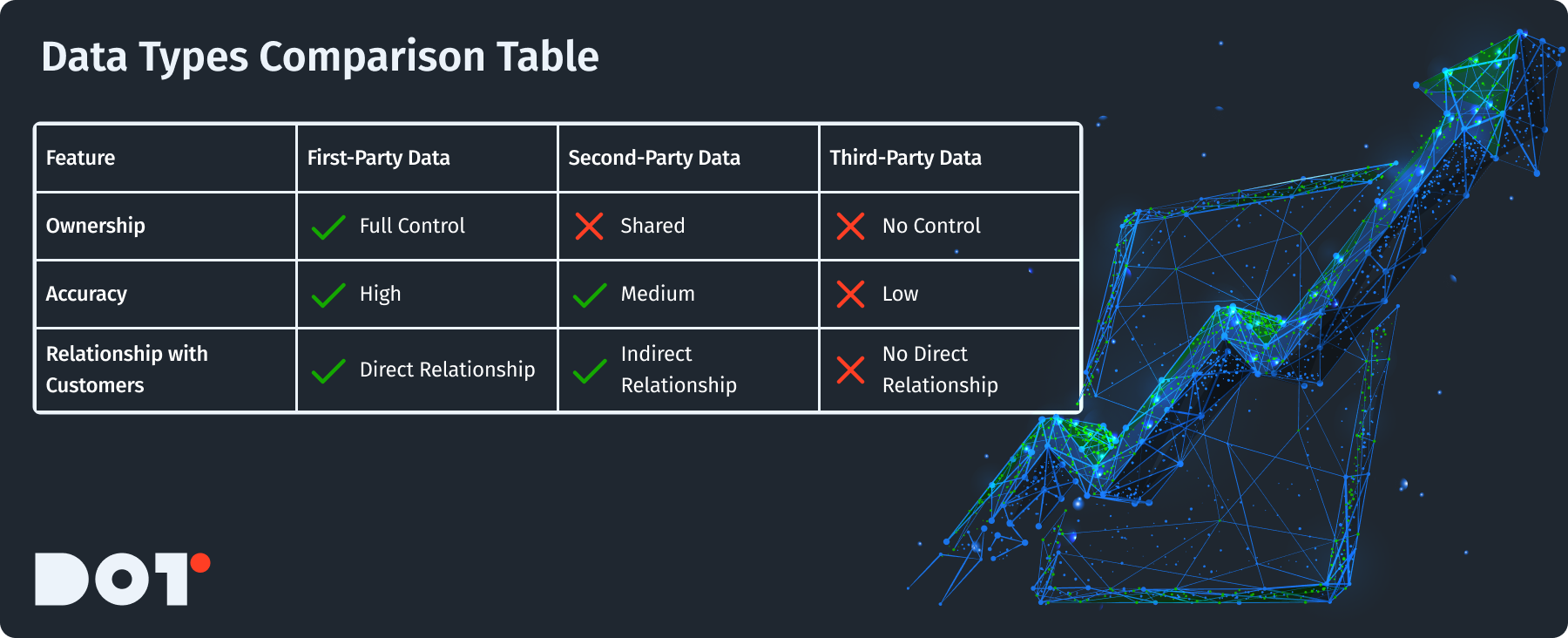
Features of First-Party Data Strategy
First-party data is the information a business collects directly from its customers through their interactions and transactions. This data comes from different sources within your company. A robust first-party data strategy ensures these sources are optimized. Here are the key features that make first-party data very important:
- Owned Data: You have complete control over first-party data because you collect it directly from your customers. This means you can decide how to store and use it without ownership issues.
- Quality: First-party data is usually more accurate and relevant since it comes from real customer interactions. For example, if a user fills out a form or makes a purchase, the data reflects their true preferences. This is much better than third-party data, which can be outdated.
- High Intent: First-party data shows real customer interest. Since it comes from actions like visits or purchases, it indicates what customers value, helping you create targeted marketing campaigns. High intent also leads to better engagement and more conversions. Implementing a first-party data strategy can dramatically increase these metrics. Understanding the benefits of first-party data can further motivate marketers to invest in it.
Comparison with Second-Party and Third-Party Data
Knowing how first-party data is different from second-party and third-party data is important for your marketing strategies:
- Second-Party Data
This data is like a step between first-party and third-party data. It involves data shared between two trusted companies. For example, if you partner with another company to share customer information, that’s second-party data. While it is still good, remember that you don’t own it; it’s a shared resource. - Third-Party Data
This data comes from external sources that do not have a direct relationship with the customers. It is often gathered by data brokers. Examples include advertising networks. The problem with third-party data is that it may not be reliable and often has quality issues. This data might not accurately reflect your audience’s behaviors. Thus, implementing a first-party data strategy is crucial for building a reliable audience profile.
First-party data is the most trustworthy and beneficial asset for marketers. It helps you make informed decisions about your audience, leading to more effective marketing strategies. Integrating customer data platform strategies effectively can further enhance how you leverage first-party data.
Best Practices for Collecting First-Party Data
Approaches for Gathering First-Party Data Directly from Clients
Collecting first-party data should be done carefully. Here are some effective ways to collect it:
- Web Forms
Place easy-to-use web forms on your website. Make sure these forms are simple and related to what your customers care about. For example, ask users to fill out a short form with their name, email, and preferences before giving them a downloadable resource. - Transactional Data
Collect data every time a customer interacts with your business, like during a purchase. Note what items were bought, when, the purchase amount, and the payment methods used. This transactional data gives you valuable insights into customer behavior. - Surveys and Feedback Forms
Use surveys to get direct feedback from customers about their experiences. Ask questions about product satisfaction and service quality. This not only gives you important data but also makes customers feel valued. Utilizing these methods is a foundational aspect of a strong first party data strategy. Collecting first-party data not only enriches your database but also fosters customer trust. - Loyalty Programs
Start a loyalty program that encourages customers to sign up and share their information. Give them special offers and rewards in return. This helps you collect data and keep customers loyal.
Techniques to Guarantee the Accuracy and Reliability of First-Party Data
Once you collect data, keeping it accurate and reliable is important. Here are some techniques to help:
- Confirm Data Regularly: Check the accuracy of your data often. If you find any mistakes, contact customers to confirm. For example, if a user provides a strange email, ask them to verify it.
- Utilize Double Opt-In: This method requires customers to verify their email after signing up, helping ensure the data is valid. Most email marketing platforms can set this up and send a verification email to new subscribers.
- Data Hygiene: Regularly update your database. Remove outdated entries and inactive customers. Make this a scheduled task, like quarterly reviews, to keep your data fresh. Data hygiene can significantly enhance the efficacy of your first-party data strategy.
If you have questions about collecting first-party data, contact a Dot Analytics expert for a free 20-minute consultation.
Using First-Party Data to Personalize Campaigns
Tactics for Leveraging First-Party Data for Targeting and Segmentation
Personalizing your marketing campaigns with first-party data can greatly enhance your effectiveness. Here’s how to optimize your targeting:
- Segmenting
Start by dividing your audience into groups based on traits like demographics, buying history, and browsing behavior. This allows you to tailor your messages. For example, create segments for “frequent buyers” or “new subscribers” and send each group specific content. - Personalized Offers
Use insights from past purchases to create special deals for customers. If someone often buys fitness items, send them promotions for related products like health supplements. This shows customers you understand their choices. Implementing such tactics is part of a holistic first-party data strategy, including strategies for leveraging first-party data for personalization. - Targeted Email Campaigns
Analyze browsing data to customize your emails. If users looked at products but didn’t buy, send them follow-up emails with discounts or incentives to encourage purchases, making their shopping experience better.
Case Study: How AVIA Tailored Their Marketing Strategies Using First-Party Data
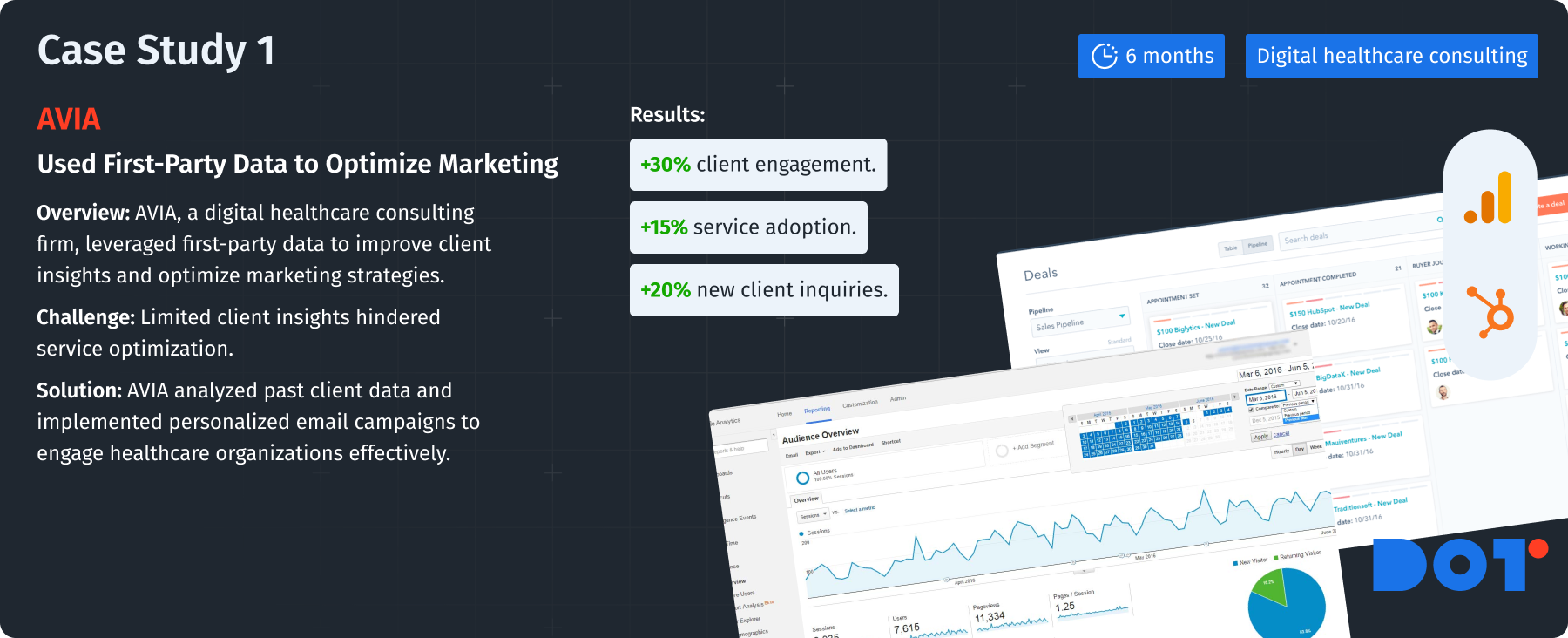
Company Introduction: AVIA is a digital healthcare consulting firm that helps healthcare organizations improve operations and patient outcomes.
Challenge: AVIA needed better insights into client needs to adjust their services.
Solution Description: AVIA used its first-party data to create targeted marketing efforts that connected well with healthcare organizations.
What They Did
They carefully checked past client data to find specific needs, using this information to tailor their messaging.
How They Did It
AVIA developed email campaigns using customer relationship management (CRM) tools to deliver personalized content, helping to engage clients well.
Team Composition: Their team had five marketing staff, three data analysts, and two IT support staff to ensure data reliability.
Project Duration: The project took six months to complete.
Technologies Used: They used Google Analytics for tracking website performance and HubSpot for managing customer relationships.
Results:
- Client engagement increased by 30%.
- Service adoption rates grew by 15%.
- New client inquiries went up by 20%, showing the campaign’s success.
Want to see how first-party data can work for your business? Schedule a free 20-minute consultation with our expert team.
Tools and Technologies for Managing First-Party Data
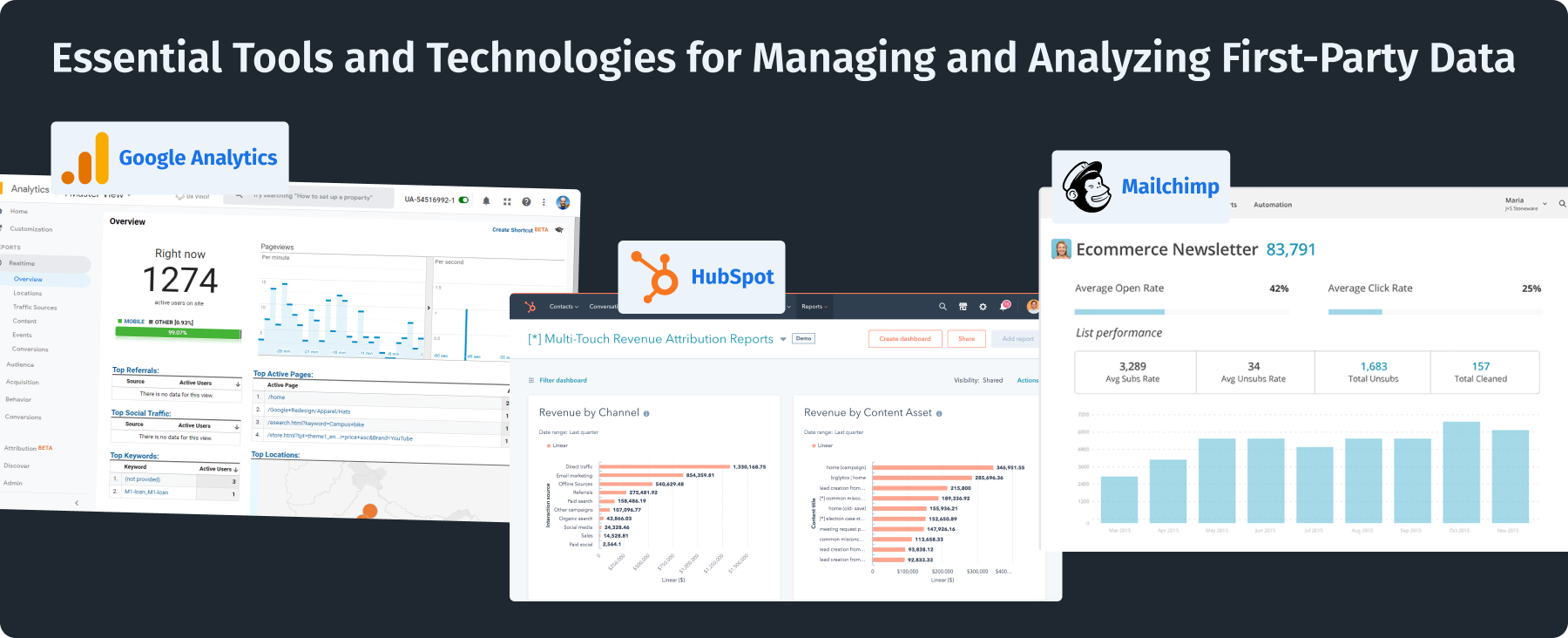
Insight into Leading Tools for Collecting and Managing First-Party Data
Having the right tools is key for managing first-party data. Here are some important tools:
- Google Analytics
This tool helps track user behavior on your website. You can analyze traffic patterns and marketing effectiveness. Set up goals within Google Analytics to measure specific user actions. - CRM Platforms like HubSpot
A good CRM helps you collect and manage customer data. HubSpot lets you track client interactions, manage leads, and segment your audience based on behaviors. These platforms are essential for effective first-party data analytics. - Email Marketing Software(e.g., Mailchimp):
These tools help you stay in touch with customers and create personalized email campaigns. Use features to segment your audience for targeted email blasts that fit their interests. Integrating these tools is essential in any first-party data strategy.
Effectively Analyzing First-Party Data with Analytics Platforms
Data analysis is crucial to your strategy. Use tools like:
- Tableau and Microsoft Power BI: These analytics solutions let you visualize and work with your data easily. You can create dashboards that show user engagement metrics like conversion rates, helping you make informed decisions.
Privacy Regulations Surrounding First-Party Data
Overview of GDPR, CCPA, and Other Important Privacy Regulations
Knowing privacy regulations is essential in today’s marketing. Here are two important ones:
- GDPR (General Data Protection Regulation): This EU rule requires organizations to obtain clear consent from users before collecting personal data. Companies must also tell users how their data will be used and allow them to access or delete it.
- CCPA (California Consumer Privacy Act): This regulation gives California residents control over their data. They have the right to know what data is collected, access it, and opt out of data-selling practices.
Best Practices to Ensure Compliance with These Regulations While Collecting First-Party Data
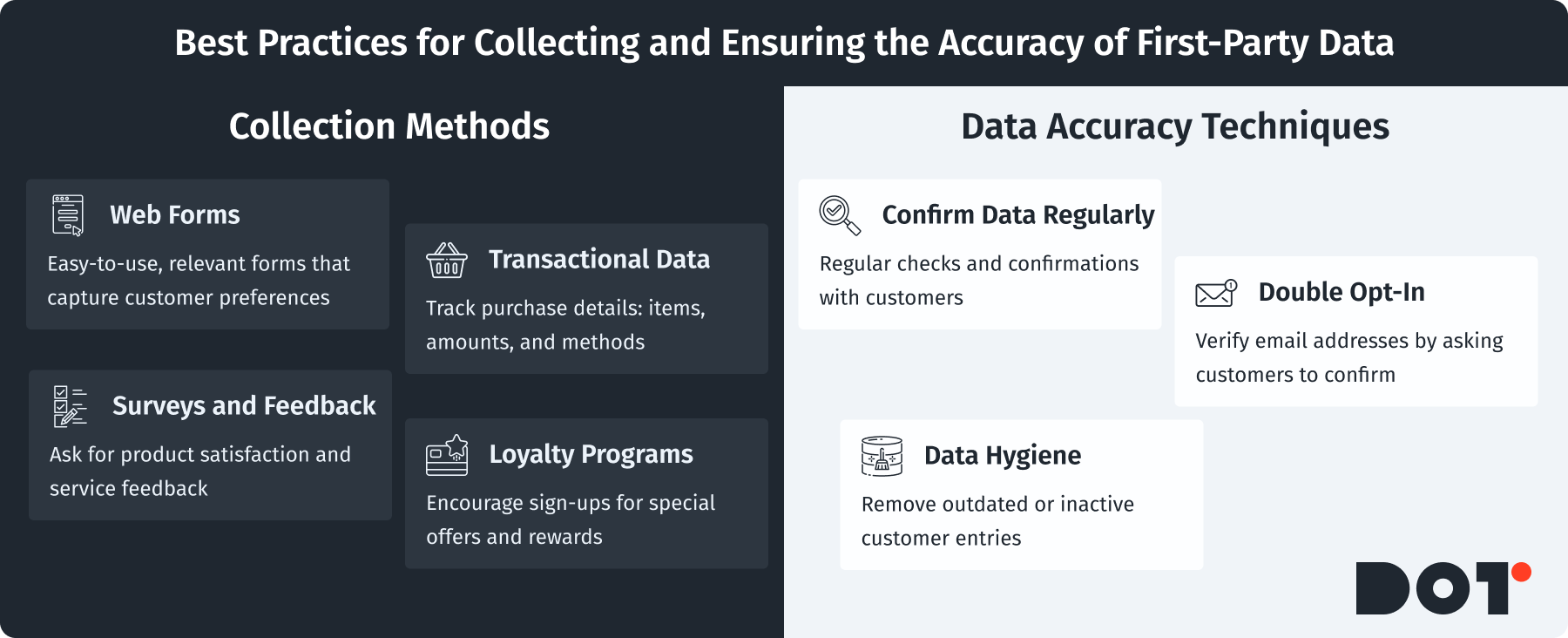
- Obtain Consent
Always ask for customers’ permission before collecting their data. Use clear consent forms that explain what data you will collect and why. First-party data privacy compliance is key to maintaining customer trust. - Data Minimization
Collect only the necessary data for your marketing efforts. Avoid long forms that ask for too much personal information; simpler is better. - Regular Policy Updates
Keep your privacy policy up to date and easily accessible on your website. Make sure it explains your compliance and shows how you collect, store, and use data. Applying first-party data strategy principles can help ensure you remain compliant with these regulations.
Integrating First-Party Data into Existing Strategies
Steps to Integrate First-Party Data into Established Marketing Strategies
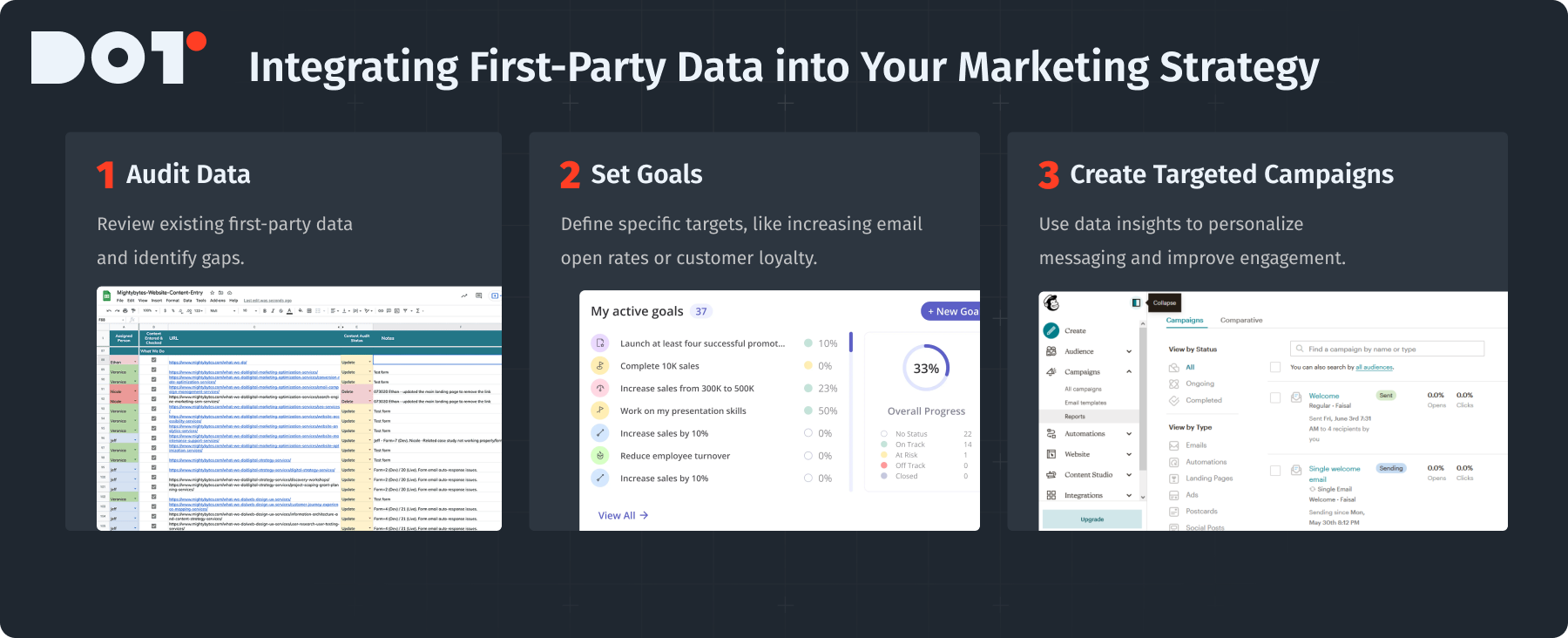
To make the most of first-party data, you need to integrate it into your marketing. Here’s how:
- Audit Data – Check what first-party data you have and where it is stored. Based on historical data, identify gaps or areas for improvement.
- Define Goals – Set clear goals for using first-party data. For instance, you could aim to raise email open rates by 15% or improve customer loyalty scores.
- Campaigns Around Insights – Use data insights to create targeted campaigns. Develop messaging based on customer data, like personalized campaigns, to improve customer connections. Ensuring a structured first-party data strategy will help in achieving these integration goals.
Case Study: Bloomz and Their Effective Incorporation of First-Party Data Strategy
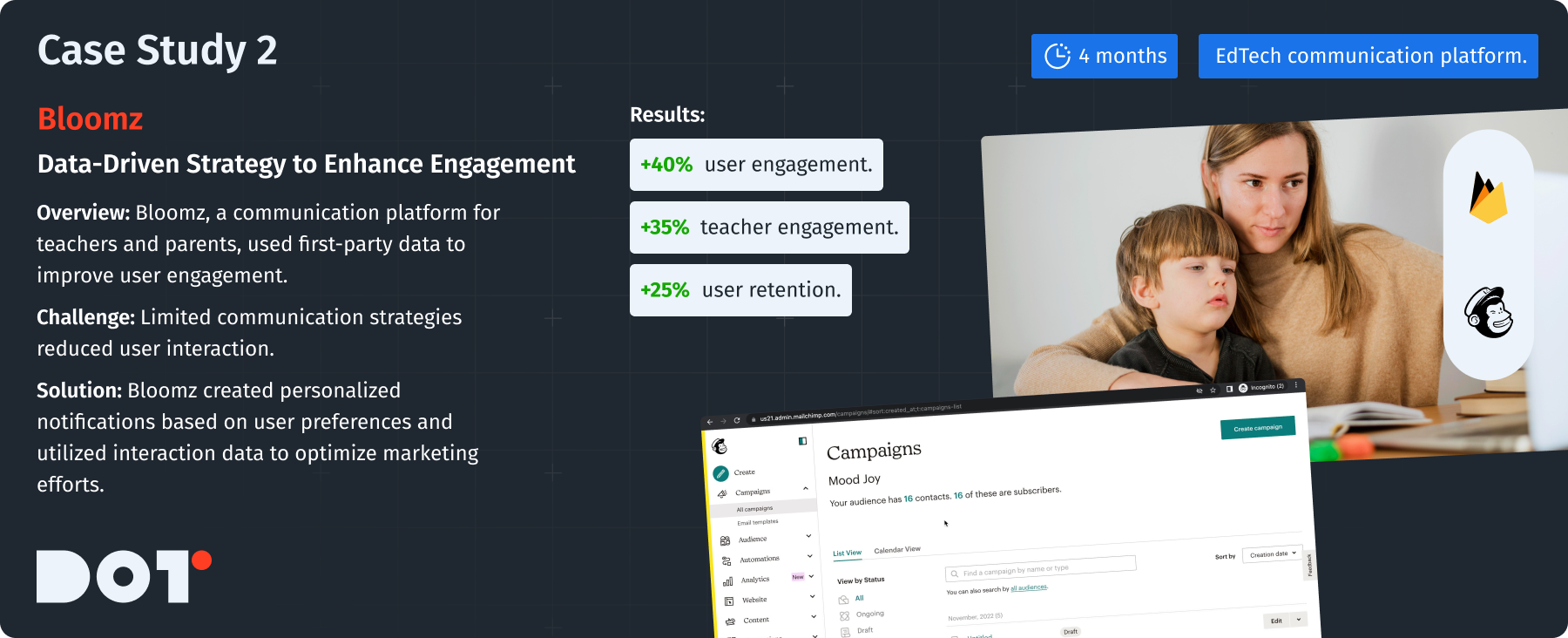
Company Introduction: Bloomz offers a communication platform that connects teachers and parents to improve engagement.
Challenge: Bloomz needed to enhance communication strategies to boost user engagement.
Solution Description: By using first-party data from user interactions, Bloomz was able to strengthen connections.
What They Did
They created personalized notifications for users based on their preferences, allowing relevant updates for parents and teachers.
How They Did It
They used analytical tools to track user interactions, using this information to influence marketing content and notifications.
Team Composition: The team had four developers, three marketing staff, and two customer support staff.
Project Duration: This project was completed in four months.
Technologies Used: They used Firebase for analytics and Mailchimp for personalized communication.
Results:
- User engagement rose by 40%.
- Teacher engagement increased by 35%.
- User retention improved by 25%, showing the project’s success.
Checklist for Implementing a First-Party Data Strategy
Vital Measures to Ensure Successful Utilization of Your First-Party Data Strategy
- Always make sure you have permission from users to collect their data.
- Plan regular checks to keep your data accurate and relevant.
- Provide your team with the right tools to manage and analyze your data effectively.
Metrics to Evaluate the Effectiveness of Your First-Party Data Strategy
- Engagement Rates:
Look at how actively your audience interacts with your content over time. - Conversion Rates:
Monitor the percentage of visitors that complete desired actions, seeing how improvements are linked to first-party data efforts.
Additional Resources
Recommended Readings
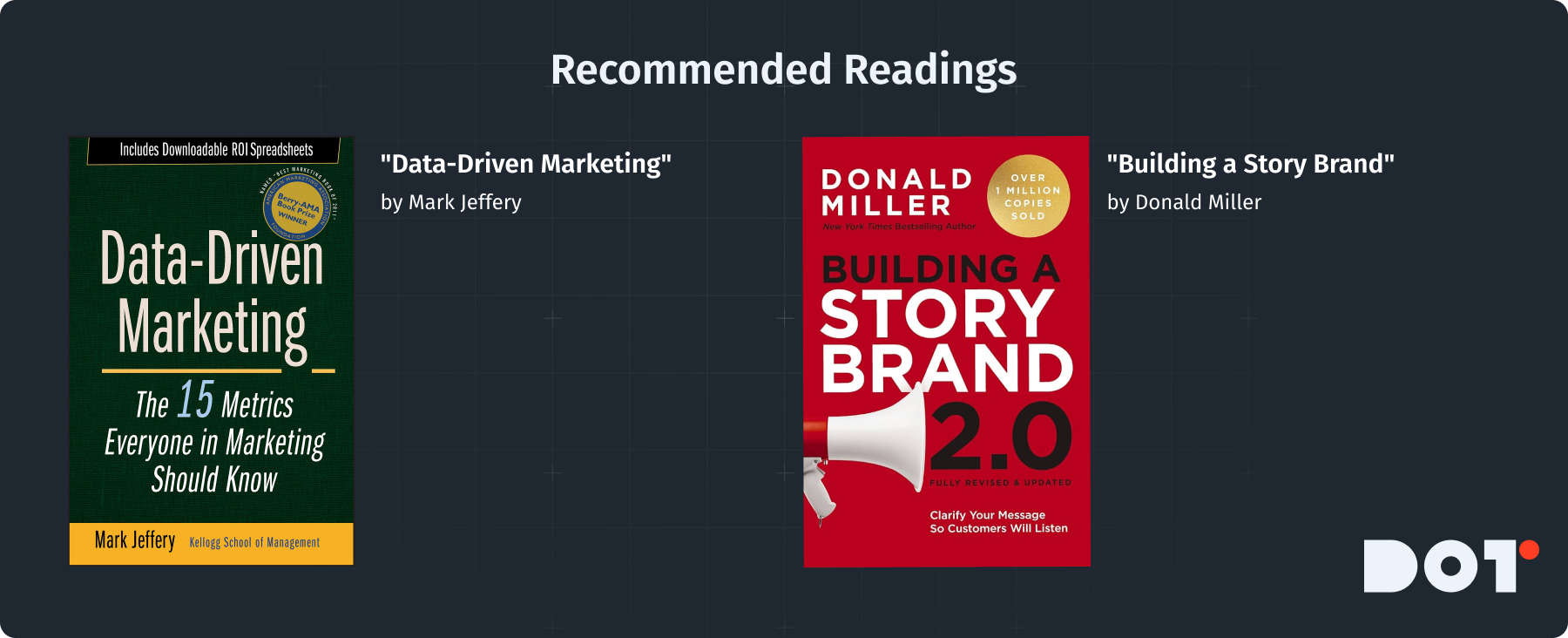
To learn more about first-party data strategies, check out these books:
- “Data-Driven Marketing” by Mark Jeffery shares effective strategies for using data.
- “Building a Story Brand” by Donald Miller provides ideas on using storytelling in marketing.
Summary
In conclusion, first-party data gives modern marketers a big advantage. By collecting accurate data from customers, you can understand and engage with your audience better, leading to more effective campaigns. A first-party data strategy is pivotal to achieving this.
Quick tips for enhancing your first-party data strategy include focusing on data quality, regularly cleaning your data, and using insights for a personalized user experience. Staying informed about privacy regulations is important too.
If the importance of first-party data is resonating with you, don’t hesitate to book a free 20-minute consultation with a Dot Analytics expert to enhance your marketing strategy today!



























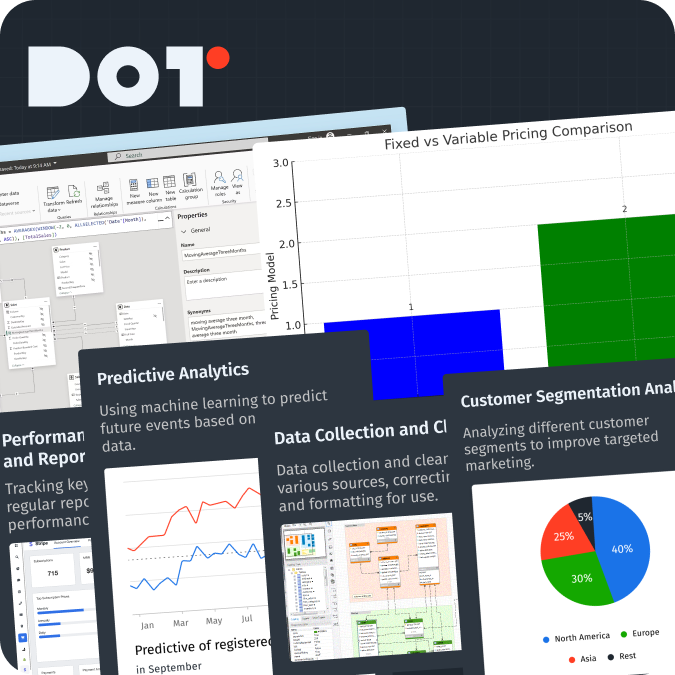
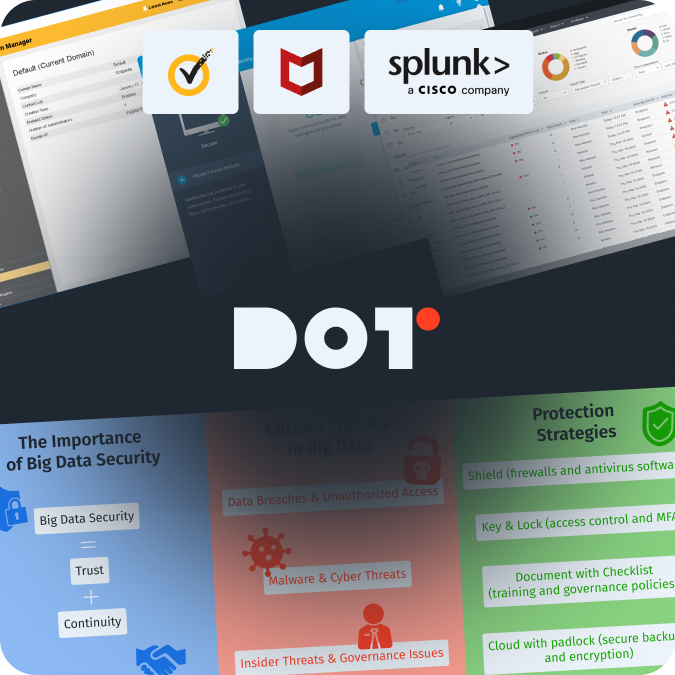
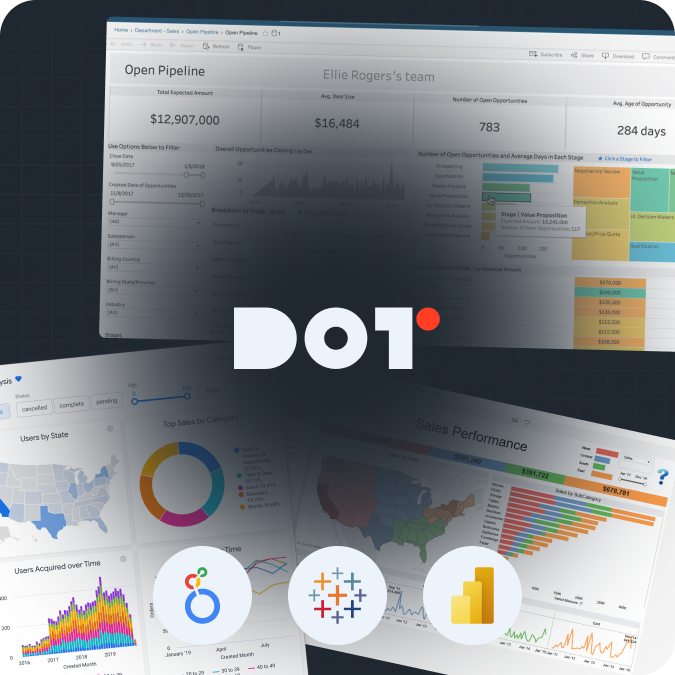
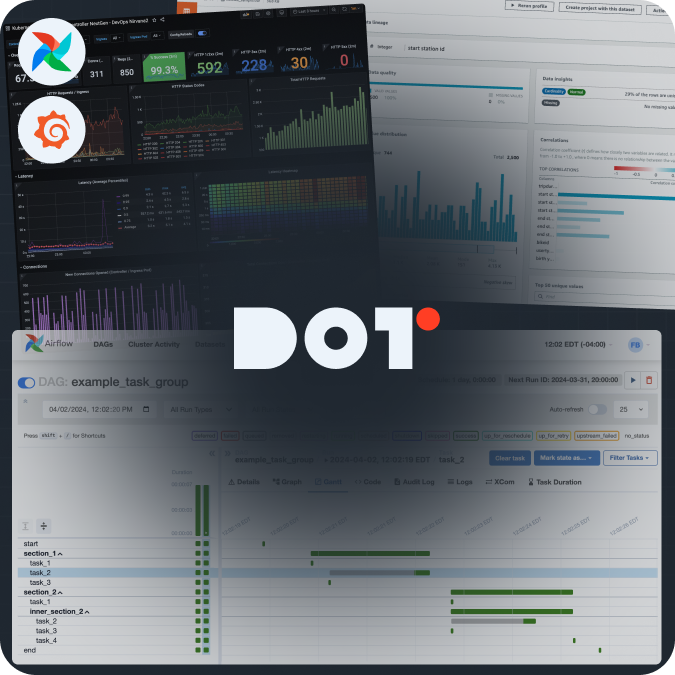
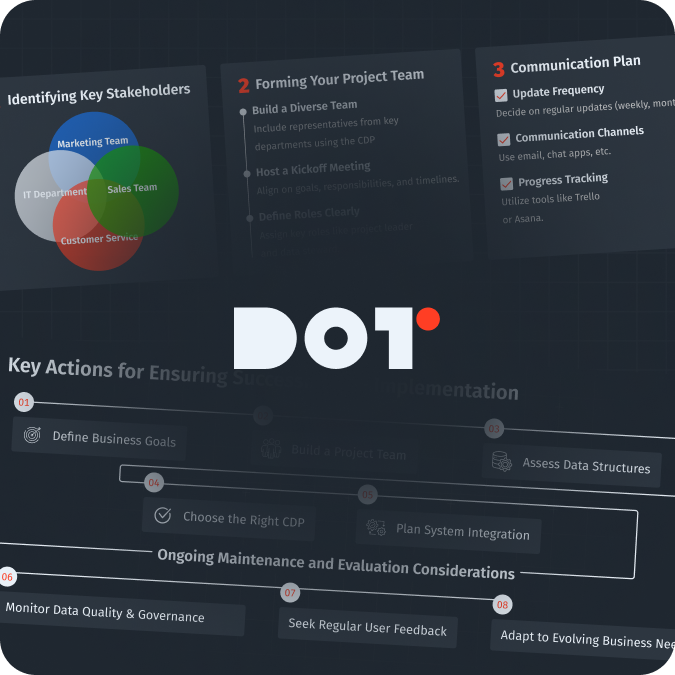

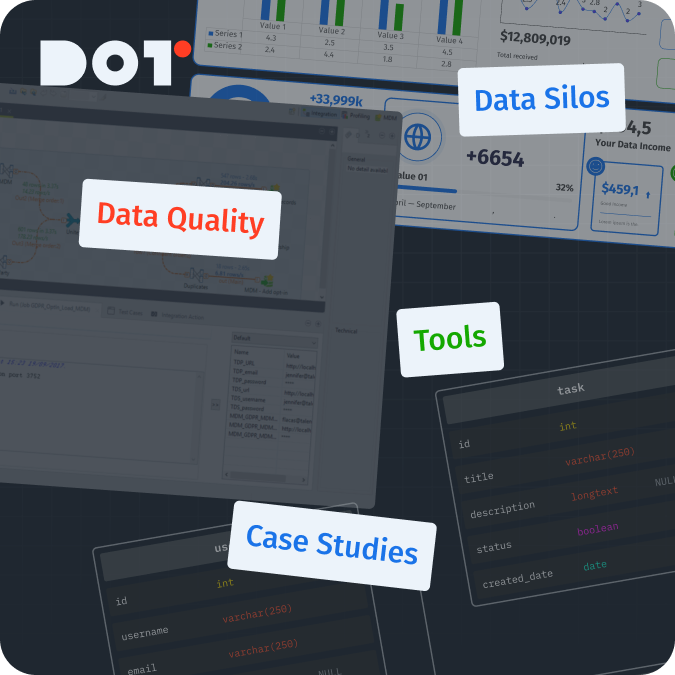
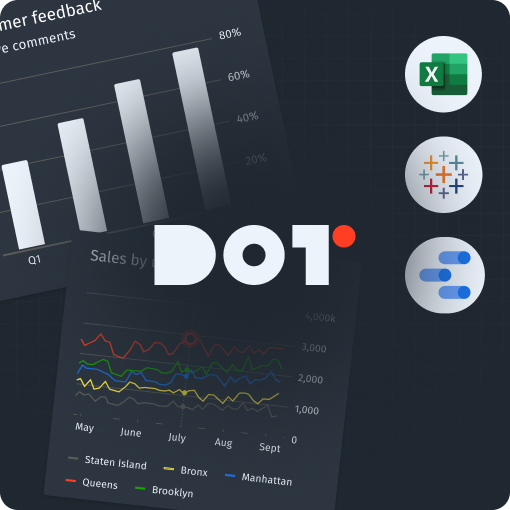

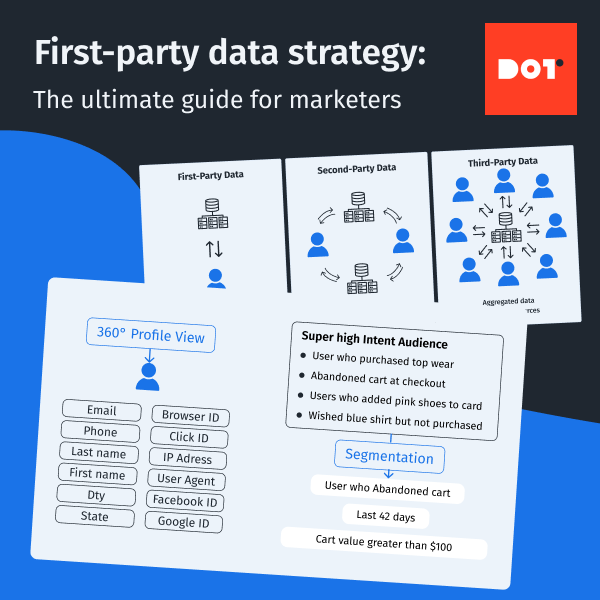
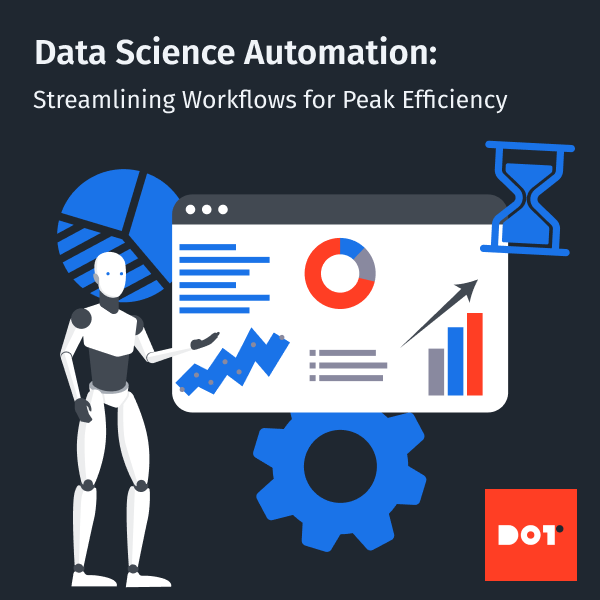
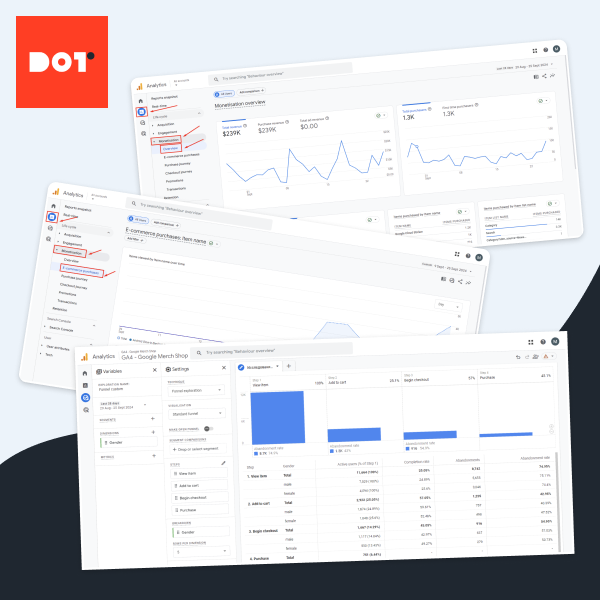
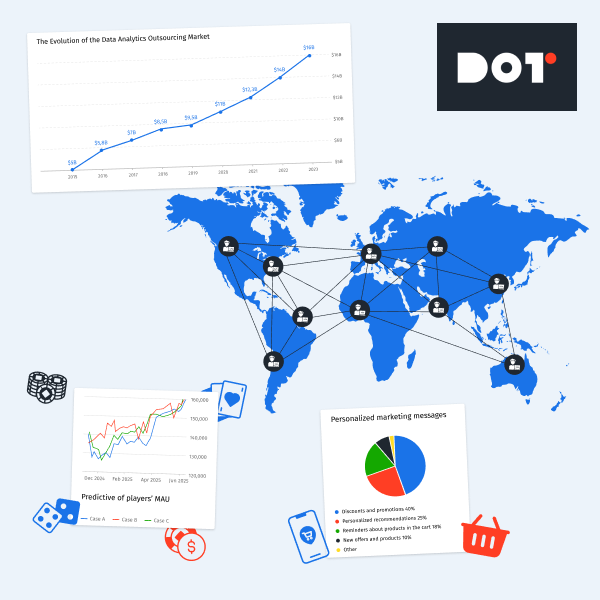
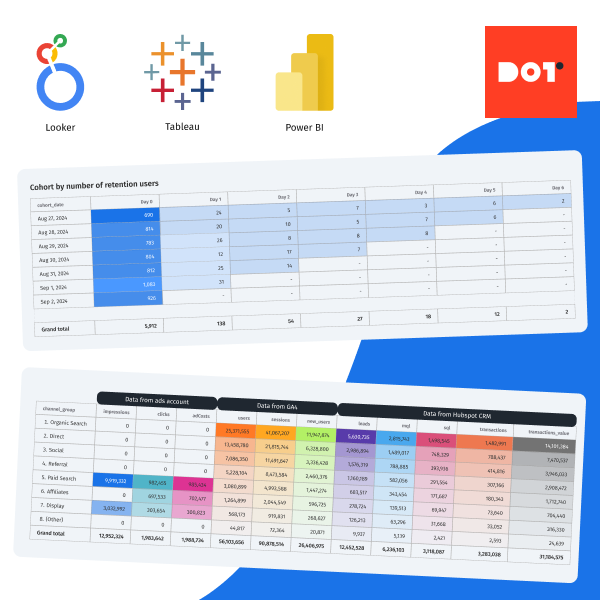
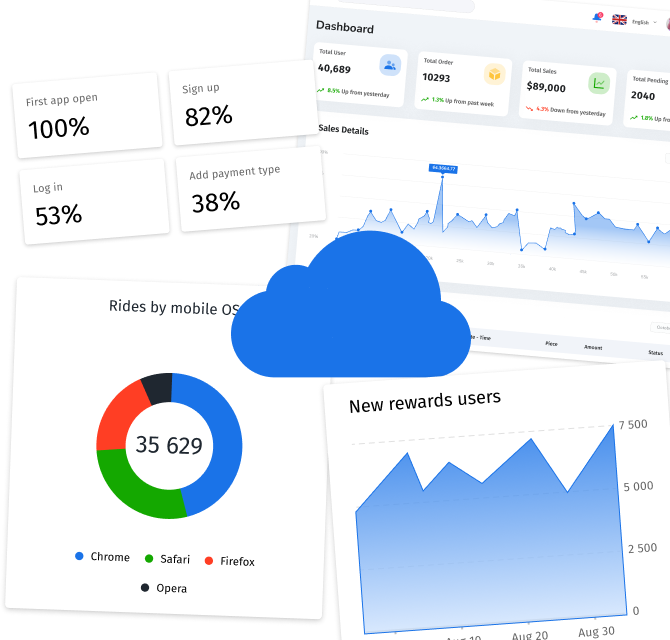
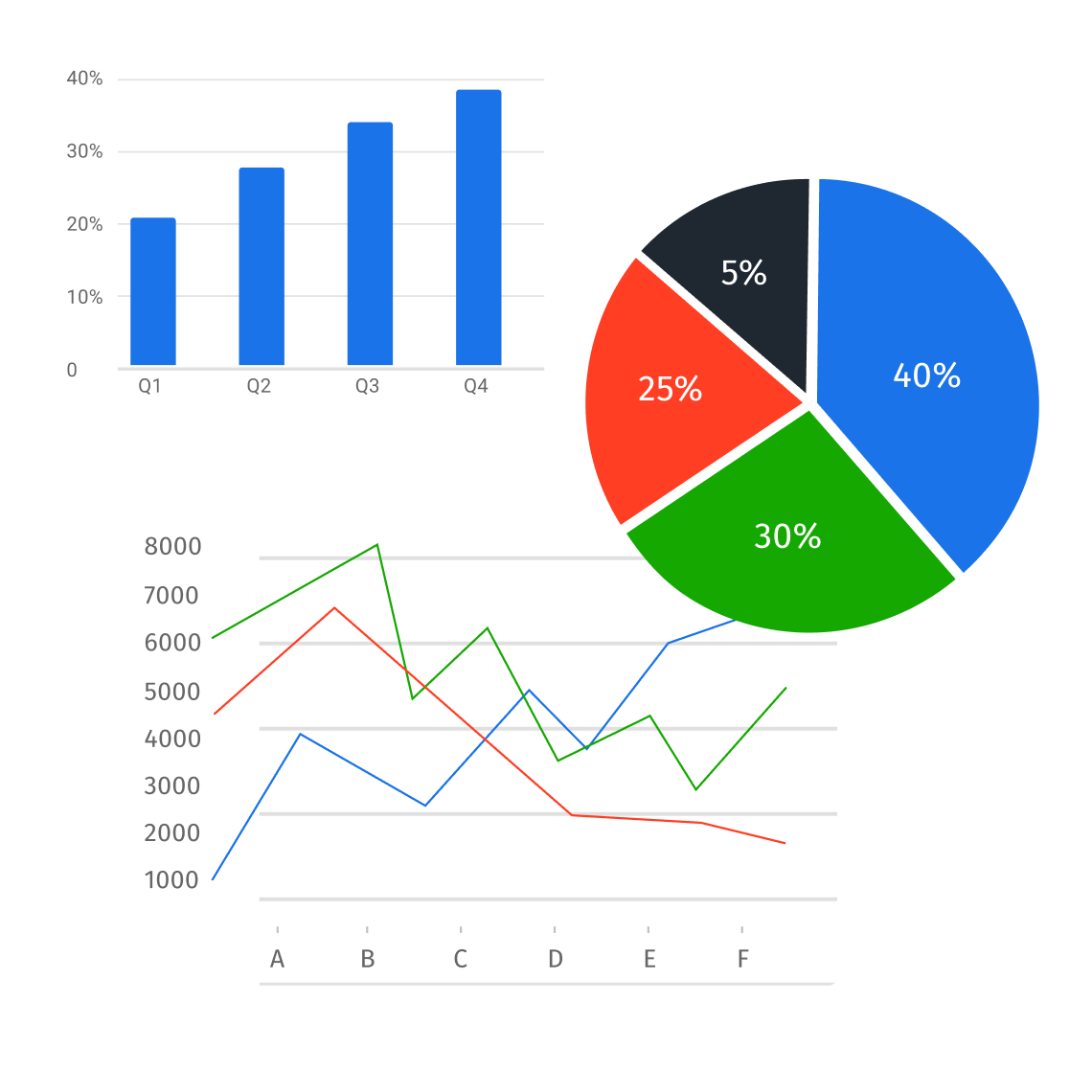
Leave a Reply